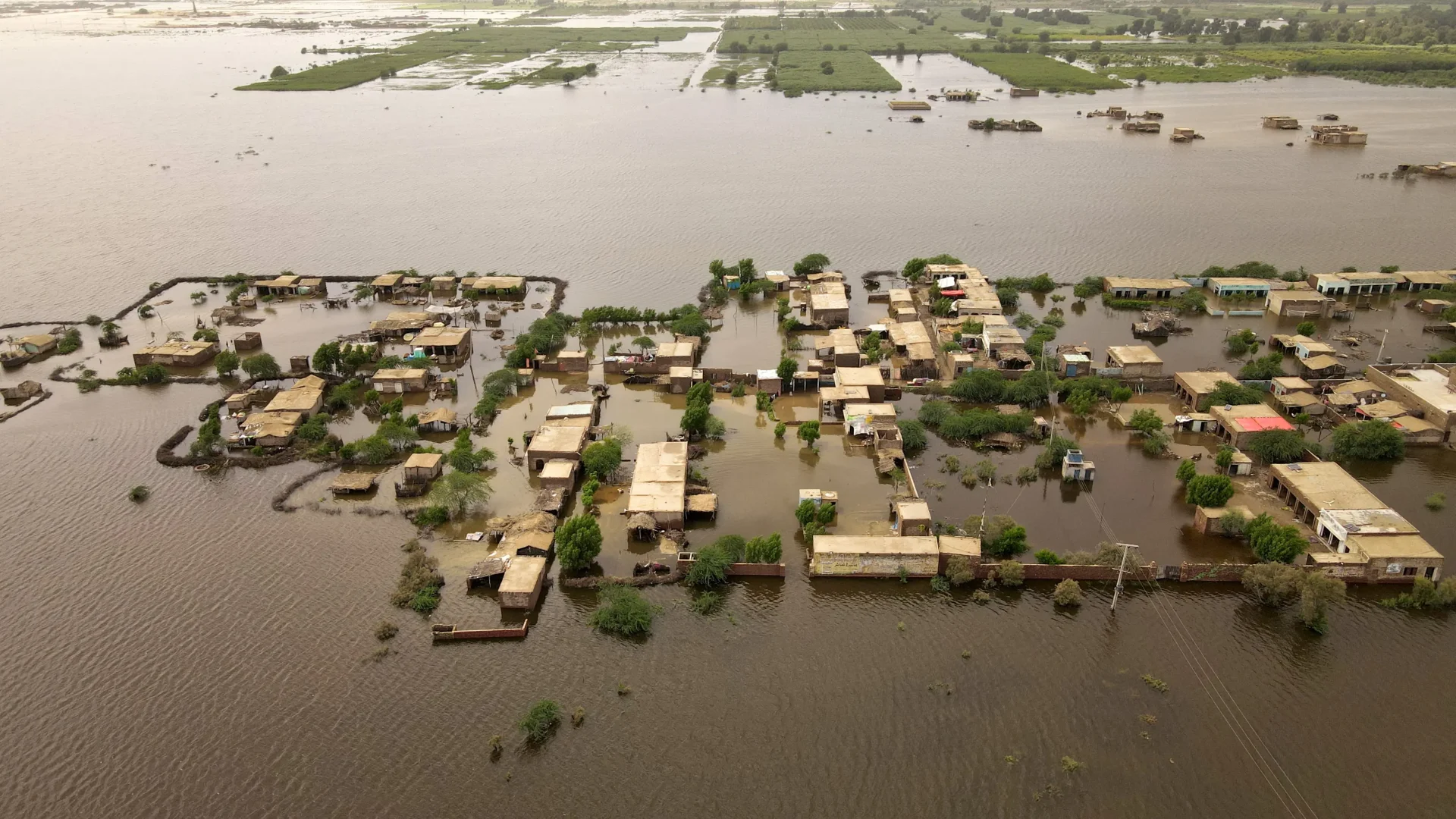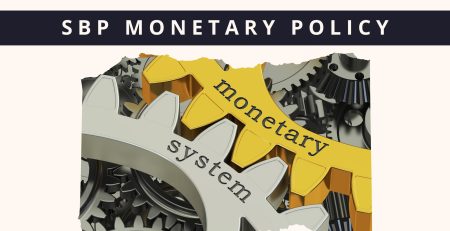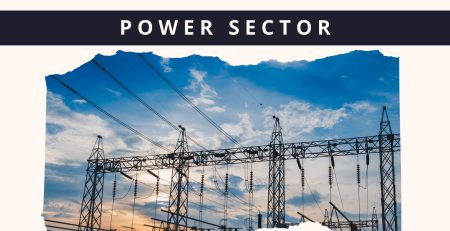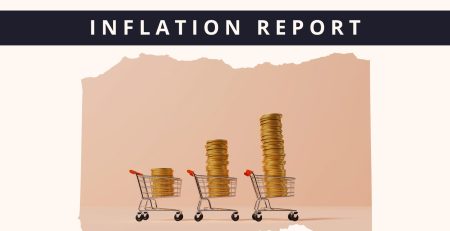Pakistan Floods: What History Tells Us About the Economy and Markets
Floods are, unfortunately, a recurring challenge for Pakistan. With the 2025 monsoon bringing heavy rains, overflowing rivers, and flash floods, many are asking: What does this mean for our economy and stock market? To answer this, let’s look back at history.
Do floods always hurt the stock market?
Surprisingly, the KSE100 index (Pakistan’s main stock market index) has usually been resilient during flood years.
📢 Announcement: We're on WhatsApp – Join Us There!
- In 2010 and 2011, when Pakistan faced some of its worst floods, the market fell for a short time but quickly recovered.
- In 2014, floods had almost no impact on market performance.
- Even in 2022, when devastating floods hit, the small 5% market dip was likely due to weak investor flows rather than the floods themselves.
This shows that while floods shake lives and infrastructure, the stock market tends to bounce back.
Food prices and inflation
Floods usually disrupt agriculture. That’s why in 2010, 2011, and 2022, food prices went up sharply. But this is not always the case; in 2014, food inflation barely moved. External factors like global fuel prices also play a big role.
Impact on fertilizer and cement demand
- Fertilizer: Past floods (2010, 2011) slowed down fertilizer sales, but in 2022, urea sales were not really affected.
- Cement: Cement demand usually drops after floods because infrastructure projects slow down and government development funds (PSDP) are cut back. This was visible after both the 2010 and 2022 floods.
Risks in 2025
This year’s floods are still ongoing, so the full scale of damage is unknown. The biggest concerns are:
- Agricultural losses are pushing food prices higher.
- Pressure on government spending as relief and reconstruction costs rise.
- Investor sentiment is turning cautious if damage becomes widespread.
History tells us that Pakistan’s stock market often weathers floods better than expected. But the real challenges lie in food inflation, infrastructure rebuilding, and government finances. For investors, it means keeping an eye not just on the floods themselves but also on how policies and spending shift in the months ahead.
Source: Chase Securities
⚠️ This post reflects the author’s personal opinion and is for informational purposes only. It does not constitute financial advice. Investing involves risk and should be done independently. Read full disclaimer →












Leave a Reply